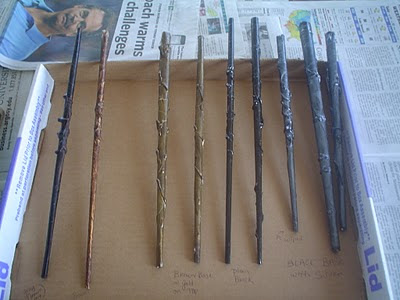I know I probably write a lot about my cat, but it's hard not to do so. She's small and adorable, and I love her. I'm a cat person, through and through. There just happen to be several new cat books out lately that I've had opportunity to view (Won Ton, Cat Secrets, etc). So when Square Cat, by Elizabeth Schoonmaker, finally crossed my desk, you can only imagine the little thrill of delight that rushed through me. I've been looking forward to this book ever since reading Betsy Bird's Simon and Schuster Spring Preview post last December. Just look at that cover. Look at that darn cat! There's too much cuteness, I can barely stand it.
Square Cat is the story of a cat named Eula (what a great name!), who is square. All of her friends are round (rotund, I would say), and Eula wishes she could be more like them. "Life wasn't easy for a square cat", you see. Among her problems were blending in with city architecture, wearing stripes, and worst of all, tipping over and getting stuck. Eula was so unhappy, she lost her purr. Eula's friends try to make her happy by giving her round things, including rouge circles on her cheeks and doughnuts, but nothing works. And so Patsy and Maud, Eula's friends, decide to don boxes to be square, just like her. Then they show her all the lovely things about being square, including pillbox hats, advertising and square dancing, of course. In the end, all three cats are happy, and Eula has her purr back.
If Eula wasn't so flipping cute, this book might not have worked so well, but Schoonmaker has designed such adorable and memorable characters, not only in Eula, but her friends as well, that it is very easy to go along with the silliness. Some of the humor might fly over children's heads (the big about red shoes making Eula look short goes a bit over my head, to be honest), but they will laugh at Eula tipping over, every time. They will also like the design of Eula's balloon shaped friends, and the boxy disguises they take on to help Eula fit in (one is decorated as a pizza box). Besides the humor, there is a lovely message about being different and the importance of friendship that is there, without being in your face about it.
All these things are lovely, of course, but really...just look at the cover. That cat is too darn cute. How can anyone resist?
Square Cat by Elizabeth Schoonmaker
2011, Aladdin
Library copy











